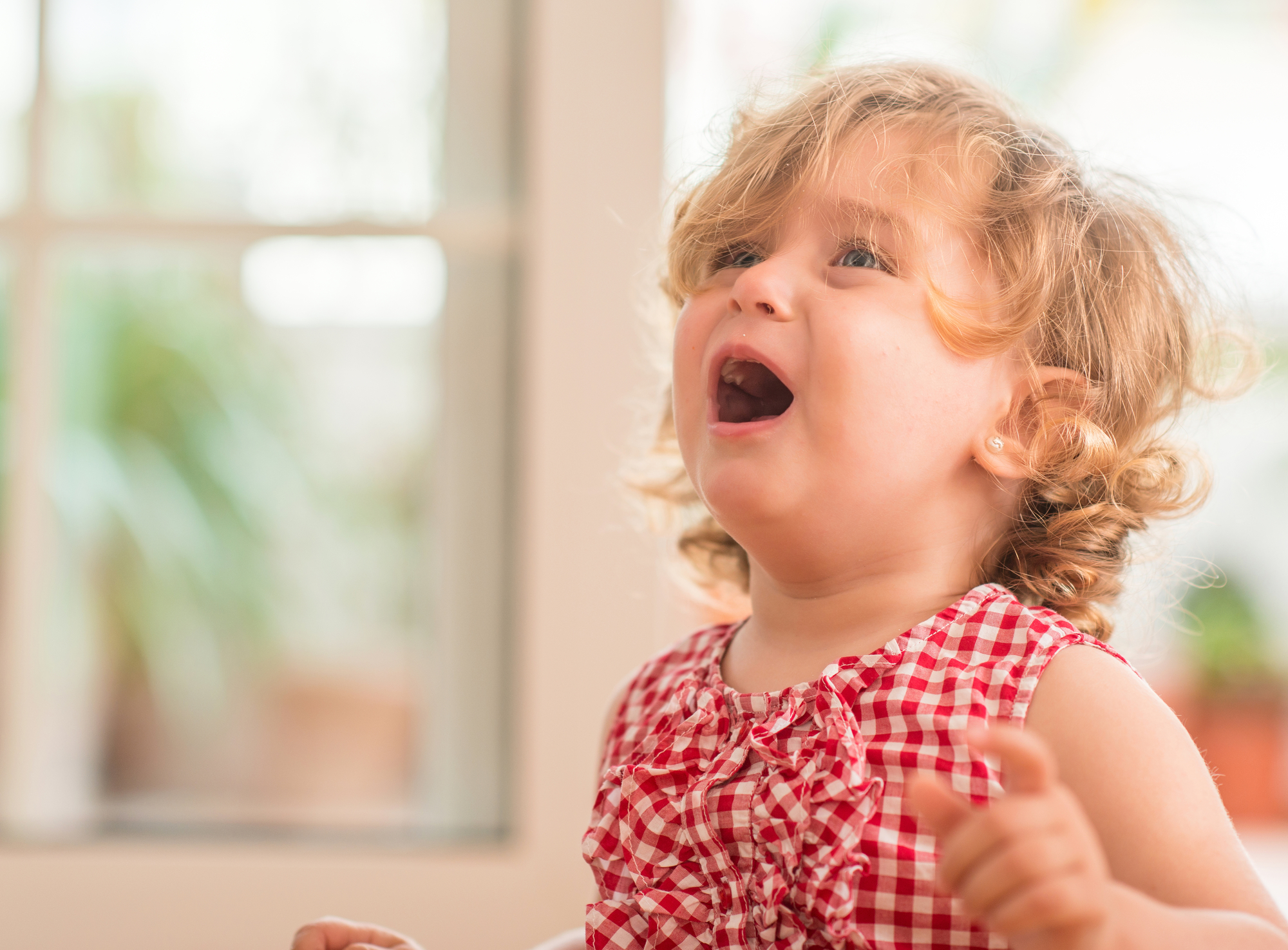We’ve all been there, waiting patiently on the sidelines while our child falls to pieces getting ready, leaving the supermarket or receiving the wrong snack.
Tantrums and meltdowns can catch you by surprise and look different depending on the day. At times, your child might display explosive anger, argue endlessly and refuse to do what you ask. Other times, their reaction might be more physical, resulting in crying, breath holding, foot-stomping, kicking and screaming.
So, what’s the best way to respond?
Knowing how to support your child through tantrums and meltdowns can be challenging, especially when you’re pressed for time or sweating it out in a public place.
Tantrums and meltdowns are not the same
Understanding the difference between the two can help you identify what’s happening so that you can respond appropriately, with compassion and empathy.
Tantrums are goal-oriented and often deliberate.
They tend to be angry, frustrated outbursts driven by a desire to get something. Your child might “throw a tantrum” at bedtime, or when they don’t like what’s served for dinner, or can’t have a new toy.
Tantrums are more common in older children, and contrary to popular belief, toddlers don’t throw tantrums. Their growing brains don’t fully understand cause and effect and are simply incapable of the degree of intentional planning needed for an actual tantrum.
Meltdowns are anxiety-driven and not deliberate.
Meltdowns happen in response to your child feeling overwhelmed or fearful. When the meltdown storm arrives, their brain has a reduced ability to process language, communicate their needs, and problem solve. This means they need considerable support to regulate their emotions and return to a state of calm. That’s where you come in.
Remember, your child’s brain is still developing
When kids lack the skills to manage and explain big feelings like stress or frustration, they communicate through behaviour. Tantrums and meltdowns are your child’s way of expressing their feelings early in life.
Young children lack the ability to control impulses and be emotionally flexible because their little brains are still developing. So, they rely on co-regulation and a limited skill set to get by.
Self-regulation begins to develop in the toddler years but doesn’t always keep pace with the demands of everyday life. With this in mind, some children need more time and support than others.
Children under 5 are still learning how to make predictions about their environment and don’t yet fully understand the notion that other people have different perspectives. In practical terms, your toddler thinks you know what they like, what they don’t like, why they’re upset, and what is difficult for them. They become thrown when things don’t go as expected and don’t have the cognitive flexibility to understand why something didn’t go to plan.
The interbrain connection
The interbrain connection is a wireless connection between your brain and your child’s brain. It’s a two-way communication system that enables you to share feelings and sensations, which is crucial to helping your child co-regulate. When we tune into this profound connection, we can aim to soothe their distress.
How to help your child during a tantrum or meltdown
First, look for clues in your child’s behaviour. A shift in behaviour often signals that your child is distressed or out of sorts.
Working out what is triggering a shift in behaviour can be a guessing game. Identifying triggers and responding accordingly gets easier with time and practice—something most parents get plenty of!
When you’re tuned into behaviour, you can recognise what’s driving it and see it as a signal that your child needs some help. You can’t reward or coerce your child into changing something they can’t control.
Here are some strategies you can try to narrow down your child’s triggers and support them through tantrums or meltdowns:
- Look for clues about what might be triggering this response. A busy environment, loud noises, uncertainty about what’s happening next, hunger, thirst and lack of sleep are some common triggers.
- Validate their feelings when you see that they’re struggling. Using gentle language like “I can see that you’re feeling angry because your sister took your toy” can be helpful.
- Help them pay attention to what’s happening in their bodies. This teaches children to detect change, make sense of it and apply coping strategies. This generally happens in school-aged years.
- Help them to learn simple words to label feelings and sensations. This helps kids understand their experiences and share them with others (professionals call this help-seeking). Keep this strategy in mind for when kids are calm, not when they’re dysregulated.
- Help them co-regulate by meeting their distress with calmness. This helps their nervous system to feel safe and gently guides them back to a sense of calm.
- Temper your expectations. Sometimes we expect more from our children than they can developmentally offer. This “expectation gap” can lead to frustration between parent and child.
The other thing to keep in mind is that emotions are contagious. Kids pick up on verbal and non-verbal cues from parents and caregivers. Aim to be predictable when your child is unpredictable—the yin to their yang and the calm to their storm.
Most importantly, be kind to yourself and accept that you might not always get it right. This normalises mistakes and models resilience in children. Plus, growth happens when we admit we got it wrong and make another attempt to figure out what’s happening for our children.
Dr Nicole Carvill is a child psychologist, researcher, presenter and PhD graduate who dedicates her time to helping children and families thrive. A mother of two and caregiver by nature, she approaches therapeutic support through the lens of a psychologist with the heart of a parent.









